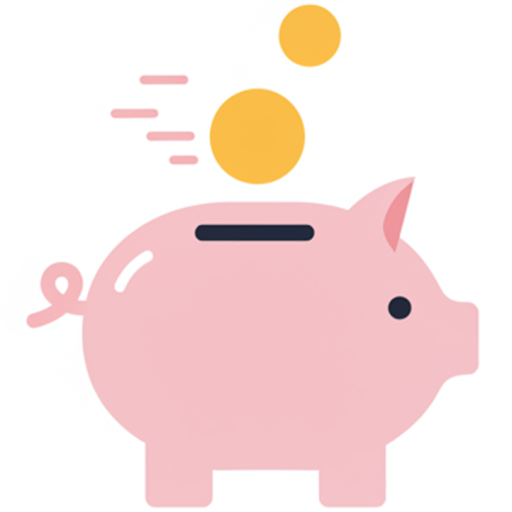Picture this: it’s a Tuesday, just a few days before payday, and suddenly the washing machine decides to give up the ghost.
You’re left with a pile of dirty clothes and a sinking feeling in your stomach.
We’ve all been there, haven’t we?
Those unexpected moments when you need a bit of cash to bridge the gap.
Now, imagine having a little safety net. A way to cover those costs without causing a full-blown panic.
That’s what an overdraft is – a bit like a temporary helping hand from your bank.
It’s not a long-term solution. But it can be a lifesaver when you’re caught in a tight spot.
Let’s break down how this works. So you know exactly what you’re getting into.
The Money Part: How Overdrafts Work in Practice
- Temporary Access: You can spend a bit more than what’s in your account. Up to a limit agreed with your bank.
- Interest and Costs: Remember, it’s not free. Banks charge interest, and sometimes fees, for this service.
- Set Limit: The amount you can borrow is set by the bank. Based on your credit history.
- Quick Repayment: This is meant to be paid back quickly. Ideally, when your next pay comes in.
It’s a way to keep things ticking over when you’re a bit short. But it’s important to understand the costs involved.
The Real Life Part: Navigating Those Unexpected Moments
It’s not just about the numbers, is it? It’s about the feeling of being able to handle a sudden expense without falling behind on everything else.
It’s the relief of knowing you can get the washing machine fixed without having to choose between that and putting food on the table.
There’s that worry about how you’ll manage until payday and that sinking feeling when an unexpected bill lands on your doormat.
But an overdraft can offer a bit of breathing space. Allowing you to deal with the immediate problem without adding to your stress.
- Peace of Mind: Knowing you can handle emergencies without immediate financial chaos.
- Avoiding Delays: Prevents late fees or disruptions to essential services.
- Short-Term Buffer: Provides a bit of wiggle room when things get tight.
- Quick Fix: Offers fast access to funds when you need them most.
Using an overdraft wisely can help you manage those unexpected moments. But it’s crucial to understand the costs and use it responsibly.
Tips:
- Know Your Limit and Costs: Understand the interest rates and fees involved.
- Use Sparingly: Only use it for genuine emergencies. Not for regular spending.
- Repay Quickly: Aim to pay it off with your next paycheque to minimise costs.
- Monitor Your Account: Keep a close eye on your balance to avoid going over your limit.
- Explore Alternatives: Consider other options if you need longer-term financial support.
Think of it as a temporary helping hand. Not a permanent solution.
Use it sparingly, pay it back quickly, and you’ll find it can be a useful tool when life throws you a curveball.
It’s about getting back on your feet and not creating more problems.

Leave a Reply